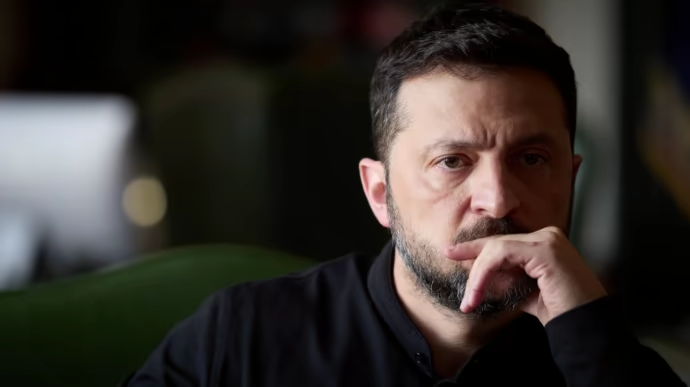Ukrainian President Volodymyr Zelenskyy said that 92 Russian drones were directed towards Poland during the night of 9–10 September, with the majority intercepted in Ukrainian airspace before reaching the Polish border. He was speaking at a briefing on Saturday, 27 September.
According to Zelenskyy, Ukrainian defences engaged the wave en route, while 19 drones nonetheless reached Poland’s airspace. He added that Polish forces shot down four of those. “You could say that they were flying towards us, but we can see the direction and the choreography of this flight,” he said, explaining why Kyiv assesses the salvo as intended for Poland.
The remarks follow a series of drone and airspace incidents reported across Europe in September. Officials in NATO member states, including Denmark, Romania and the Baltic countries, have flagged unexplained drone activity or violations by Russian military aircraft. Zelensky framed the pattern as a test of European air defences and public resolve ahead of winter.
Zelensky stated that Ukraine is prepared to share operational lessons from its air-defence campaign against Russian unmanned systems. He said Ukrainian specialists would be dispatched to partner countries and, in turn, foreign representatives would come to Ukraine for practical training. No countries were named.
Poland has reported multiple discoveries of drones and debris on its territory since the 9–10 September overnight attack on Ukraine. Local authorities in central Poland published images on 10 September of a crashed Russian-marked “Gerbera” drone found several hundred kilometres from the Ukrainian border. Warsaw has previously treated similar incursions as under investigation, with responsibility often linked to spillover from large-scale Russian strikes on Ukraine.
Regional governments have called for tighter air defence measures. On 27 September, Latvia urged NATO to reinforce Baltic air defence and consider moving from an air-policing posture to an air-defence mission with updated rules of engagement, citing recent incidents over Poland and Estonia. Alliance officials acknowledged concerns while noting that some inquiries remain ongoing. Russia has denied violating NATO airspace.
The 9–10 September salvo occurred during a broader period of intensified Russian attacks against Ukrainian infrastructure and cities. Kyiv has sought to counter these with layered air defences combining Western-supplied systems and domestically integrated sensors and interceptors, as well as electronic warfare. The precise mix of systems used to intercept the drones headed toward Poland was not disclosed in Zelenskyy’s briefing.
Zelenskyy’s claim that 19 of the 92 drones reached Polish airspace aligns with reports from Ukrainian and Polish outlets in mid-September noting multiple objects crossing into Poland during a major Russian strike on Ukraine that night. Polish services conducted search operations and recovered several drones and fragments. Formal attribution and technical assessments have not been fully publicised.
The Ukrainian president linked the September incidents to a wider pattern of Kremlin “hybrid” actions designed to probe European responses. He suggested Moscow was assessing both the state of European air defences and public opinion in countries closest to Ukraine. European governments have, in parallel, stepped up coordination on counter-UAS measures and air surveillance, and several capitals continue to supply Ukraine with interceptors and radar components.
While Zelenskyy contrasted Ukraine’s wartime posture with that of Poland, he avoided direct comparisons of military capability. Poland has significantly expanded air-defence capacity since 2022, procuring systems including Patriot and Narew components, and coordinating with NATO air surveillance. However, drone incursions stemming from large-scale Russian strikes on Ukraine have periodically challenged response timelines due to range, altitude and flight profiles of loitering munitions and improvised UAVs.
Poland rebuffs Trump’s ‘mistake’ remark over Russian drones as NATO tightens eastern air defences


